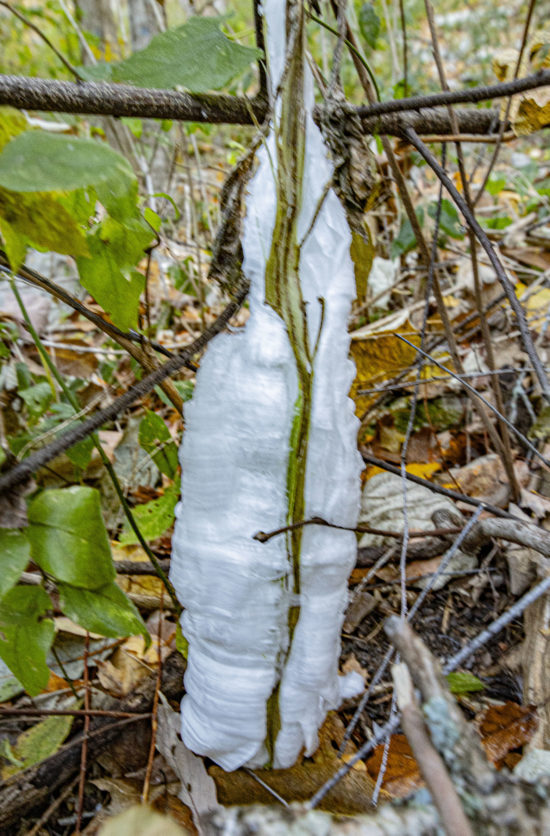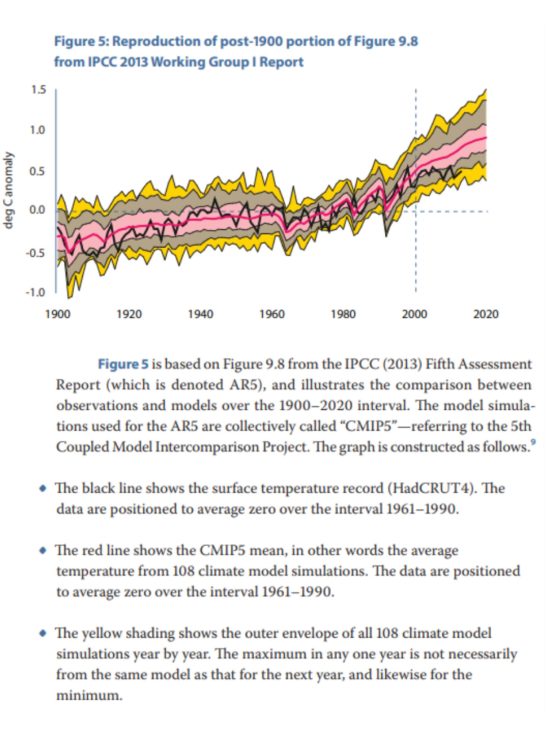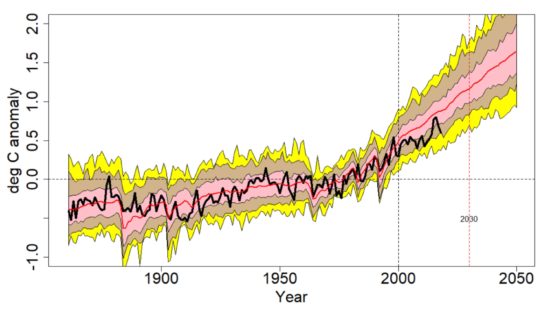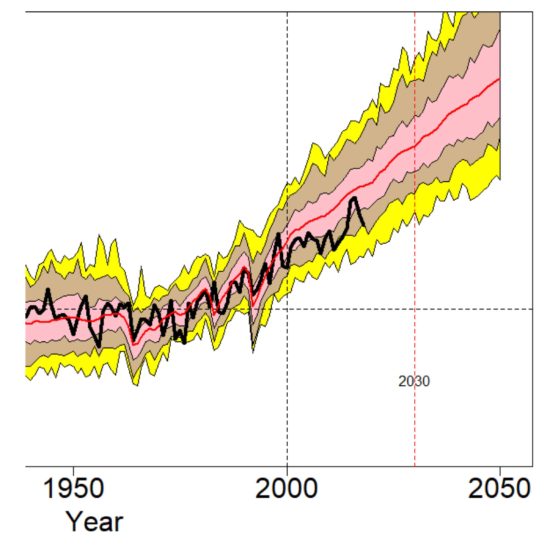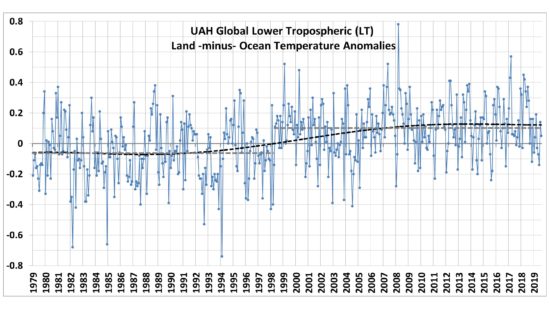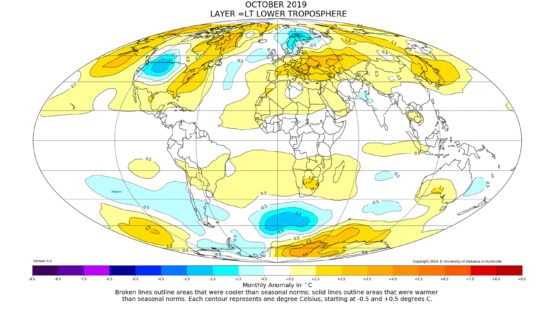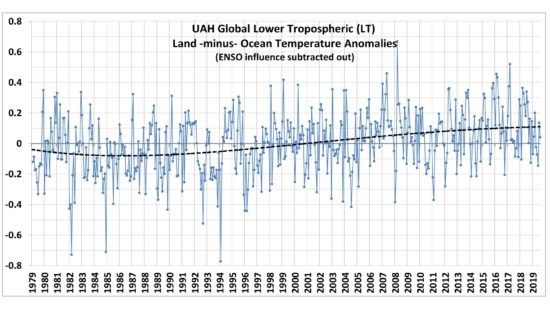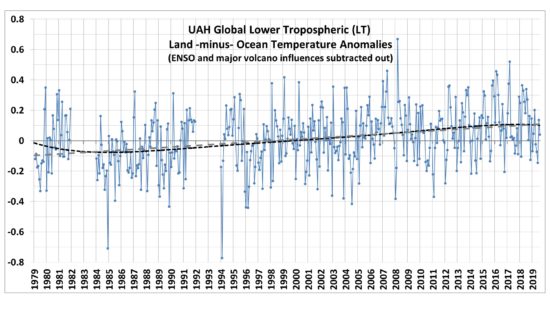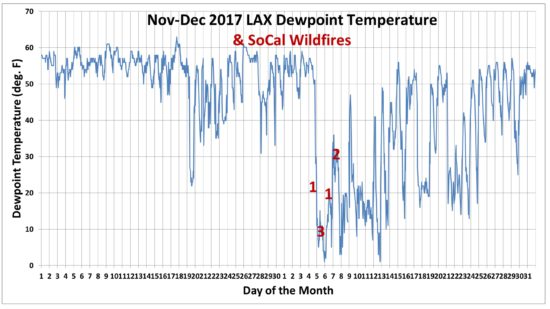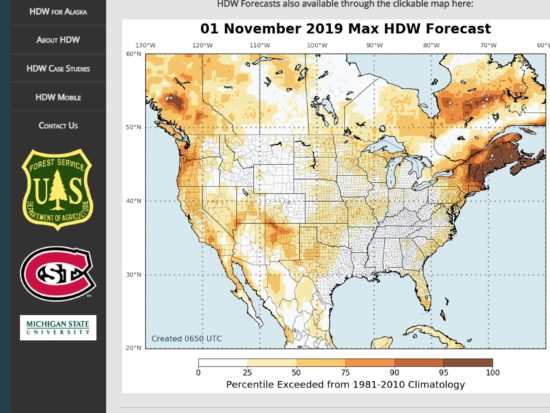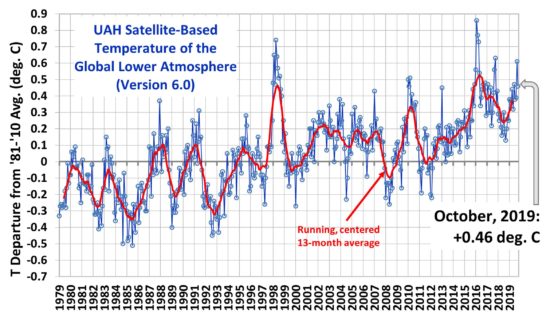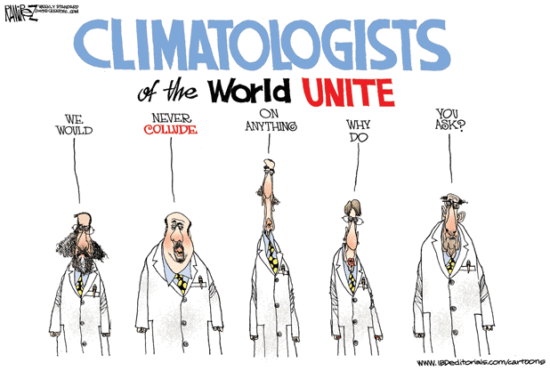
Do the global warming wars ever change anyone’s mind?
I suppose there are a few people whose minds have been changed. As I recall, Judith Curry has said Climategate (now “celebrating” its 10 year anniversary) was her wake-up call that institutionalized climate science might not be all it claims to be. She is now a well-informed and unabashed skeptic of the modern tendency to blame every bad weather event on humans.
While I’m sure there are other examples, the unfortunate truth is that fewer and fewer people actually care about the truth.
The journalist who broke the Climategate story, James Delingpole, yesterday posted an article entitled The Bastards Have Got Away with It!, James concludes with,
“Climategate was the event when, just for a moment, it seemed we’d got the climate scamsters bang to rights, that the world’s biggest scientific (and economic) con trick had been exposed and that the Climate Industrial Complex would be dismantled before it could do any more damage to our freedom and our prosperity. But the truth, it would seem, is no match for big money, dirty politics and madness-of-crowds groupthink. We’ve lost this one, I think, my friends. And the fact that all those involved in this scam will one day burn in Hell is something, I’m afraid, which gives me all too little consolation.”
You see, it does not really matter whether a few bad actors (even if they are leaders of the climate movement) conspired to hide data and methods, and strong-arm scientific journal editors into not publishing papers that might stand in the way of the United Nations Intergovernmental Panel on Climate Change (IPCC) mission to pin climate change on humans, inflate its seriousness, and lay the groundwork for worldwide governmental efforts to reduce humanity’s access to affordable energy.
The folks were simply trying to Save the Earth™, and we all know that the ends justifies the means, right? So what if they cheated? Boys will be boys, you know. The science is sound, and besides, 97% of all scientists agree that… something.
The Roots of Polarization
One would think that the practice of science would be objective. I once believed this, too. As a fresh post-doc at the University of Wisconsin, when I discovered something new in satellite data, I was surprised to encounter NASA employees who tried to keep my work from being published because they feared it would interfere with a new satellite mission they were working toward. I eventually got it published as a cover article in the prestigious journal, Nature.
But the subject I was dealing with did not have the profound financial, political, policy, and even religious import that climate change would end up having. Furthermore, 35 years ago things were different than today. People were less tribal. There is an old saying that one should not discuss politics or religion in polite company, but it turns out that social media is far from polite company.
From a practical standpoint, what we do (or don’t do) about human-caused climate change supports either (1) a statist, top-down governmental control over human affairs that involves a more socialist political framework, or (2) an unconstrained individual-freedom framework where capitalism reigns supreme. So, one could easily be a believer (or non-believer) in the ‘climate emergency’ based upon their political leanings. While I know a few socialists who are skeptical of human-caused climate change being a serious issue, this is the exception rather than the rule. The same is true of capitalists who think that we must transition away from fossil fuels to wind and solar energy (unless they stand to make money off the transition through subsidies, in which case they are financially rather than ideologically driven).
Or, on a spiritual level, a human who desires to worship something must ultimately choose between the Creation or the Creator. There is no third option. I find that most Earth scientists are nature worshipers (showing various levels of fervor) and consider the Earth to be fragile. In contrast, those who believe the Earth was created for the purpose of serving humanity tend to view nature as being resilient and less sensitive to lasting damage. Both of these views have equally religious underpinnings since “fragile” and “resilient” are emotive and qualitative, rather than scientific, terms.
So, I would argue it really does not matter that much to most alarmists or skeptics what the evidence shows. As long as 8 billion people on the planet have some, non-zero effect on climate — no matter how small or unmeasurable — the alarmist can still claim that ‘we shouldn’t be interfering with the climate system’. As a counter example, the skeptical environmentalist Bjorn Lomborg actually believes the alarmist science from the IPCC, but claims that economics tells us it’s better to live in and adapt to a warmer world until we have more cost-effective substitutes for fossil fuels. For this stance regarding policy, he is labeled a global warming denier despite fully believing in human-caused climate change.
The Role of the Disinformation Superhighway
Baylor Professor Alan Jacobs has an interesting essay entitled On Lost Causes regarding the tendency for people to believe anything they see on the internet if it supports their biases.
He mentions a recent novel in which a high-tech billionaire, fed up with the disinformation he sees on the Web, concocts an elaborate online story that Moab, Utah has been obliterated by a nuclear explosion. He has CGI video, actors, witnesses, and an elaborate (but fake) social media presence to support the story.
The plan is to then show the world how easily they were duped, so that people would become less credulous when digesting information.
But instead, people cling to their belief. Even after many years, the ‘Moab truthers’ claim that anyone who disputes that Moab was destroyed are trolls or paid shills. People could actually travel to Moab to see for themselves, but virtually no one does.
In the climate wars, I see this behavior from both skeptics and alarmists. The alarmists point to increasing storms, heat waves, wildfires, etc. as evidence that humans are making weather worse. When they are shown evidence from a century of more of data that, no, things are not getting worse, these ‘storm truthers’ still bitterly cling to their beliefs while calling us skeptics “deniers”.
On the flip side, I routinely engage skeptics who claim that there is no such thing as the greenhouse effect, and that it is physically impossible for the cold atmosphere to make the surface warmer by increasing its CO2 content, anyway. No matter how many different ways I try to show how they are wrong, they never change their stance.
As a result, despite being a skeptic on the subject of humans having a serious effect on global climate, I’ve had to block more fellow skeptics from commenting on my blog than I have blocked alarmists. So, I get attacked from people on both sides of the issue.
I partly blame the public education system for the current state of affairs. Students are increasingly taught what to think, rather than how to think. Also to blame is the (probably unavoidable) funding of science by government, which President Eisenhower warned would cause science to become corrupted by a handful of powerful elites who did not have the advancement of scientific knowledge as the central goal.
When politicians have control over the purse strings, is it any wonder that politicians would preferentially fund the science which benefits certain policy outcomes, usually involving more government control over the lives of citizens? There have been innumerable funding programs to explore the human influence on climate (spoiler alert: every change we see is human-caused), yet almost no money goes to understanding natural sources of climate change.
Both Delingpole (describing the failure of Climategate to change attitudes) and Jacobs (describing the tendency of people to believe anything that supports their tribal beliefs) end their articles on a sour note. I have already quoted Delingpole’s conclusion, above. Here’s how Jacobs end his essay:
“..if at this stage of the game, given what we know about how social media work and about the incentives of the people who make TV, you’re still getting your dopamine rush by recycling TV-news clips and shouting at people on the Internet, you’re about as close to beyond hope as a human being gets. There is no point talking to you, trying to reason with you, giving you facts and the sources of those facts. You have made yourself invulnerable to reason and evidence. You’re a Moab truther in the making. So, though I do not in theory write anyone off, in practice I do. It’s time to give you up as a lost cause and start figuring out how to prevent the next generation from becoming like you.”
Delingpole and Jacobs come to sobering — even depressing — conclusions. Unfortunately, like these two authors I do not have much reason to be hopeful that things will get better anytime soon.

 Home/Blog
Home/Blog